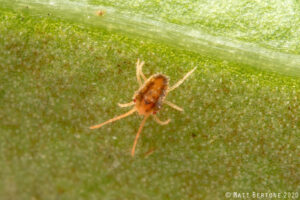
Watch Out for These (Arthropod) Spring Home Invaders
Note: This post was originally published March 2021, and updated March 2023 Insects and other arthropods are feeling the warm …



El inglés es el idioma de control de esta página. En la medida en que haya algún conflicto entre la traducción al inglés y la traducción, el inglés prevalece.
Al hacer clic en el enlace de traducción se activa un servicio de traducción gratuito para convertir la página al español. Al igual que con cualquier traducción por Internet, la conversión no es sensible al contexto y puede que no traduzca el texto en su significado original. NC State Extension no garantiza la exactitud del texto traducido. Por favor, tenga en cuenta que algunas aplicaciones y/o servicios pueden no funcionar como se espera cuando se traducen.
Inglês é o idioma de controle desta página. Na medida que haja algum conflito entre o texto original em Inglês e a tradução, o Inglês prevalece.
Ao clicar no link de tradução, um serviço gratuito de tradução será ativado para converter a página para o Português. Como em qualquer tradução pela internet, a conversão não é sensivel ao contexto e pode não ocorrer a tradução para o significado orginal. O serviço de Extensão da Carolina do Norte (NC State Extension) não garante a exatidão do texto traduzido. Por favor, observe que algumas funções ou serviços podem não funcionar como esperado após a tradução.
English is the controlling language of this page. To the extent there is any conflict between the English text and the translation, English controls.
Clicking on the translation link activates a free translation service to convert the page to Spanish. As with any Internet translation, the conversion is not context-sensitive and may not translate the text to its original meaning. NC State Extension does not guarantee the accuracy of the translated text. Please note that some applications and/or services may not function as expected when translated.
Collapse ▲
Note: This post was originally published March 2021, and updated March 2023 Insects and other arthropods are feeling the warm …
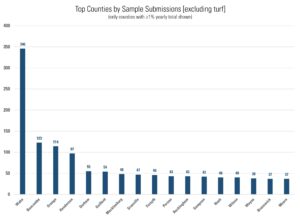
OK I know it’s March, so I am going to blame a warm early season this year for our …

Mugwort plants spread by rhizomes. At least that’s what I was taught. But mugwort can, occasionally, produce viable seeds. …
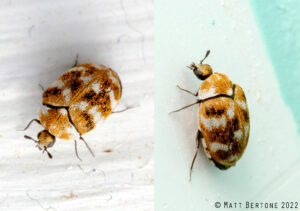
You may be noticing numerous, small (~2-3 mm), round critters crawling along window sills lately — I know I …

It is with immense gratitude that we wish the remarkable Dr. Charles “Chuck” Hodges a very happy “second retirement”. …
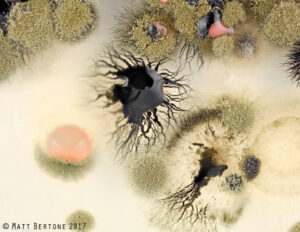
Beginning January 17th, 2023, the NC State Plant Disease and Insect Clinic (PDIC) will no longer be providing identification …

Having trouble identifying problems in your yard with your woody ornamentals, turf, or vegetable plot? Try using the diagnostic tables …
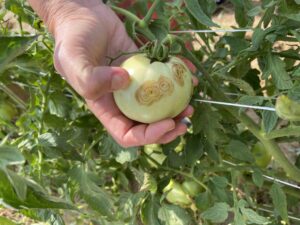
In summer 2022, symptoms of TSWV (Tomato spotted wilt virus) were observed at two tomato farms in Rowan County, …
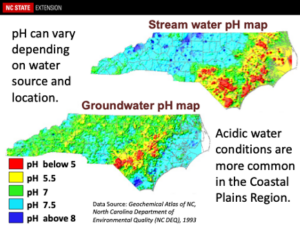
Water qualities that may impact pesticide application are the water pH, carbonates, water hardness and turbidity. Whether one uses …
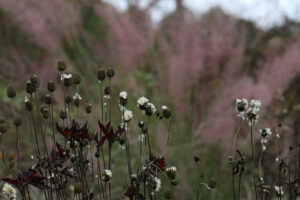
After planting, weeding, and watering through the spring and summer, some gardeners look forward to fall as a period …
The 74th Annual Crop Protection School will be held Thursday, December 1, 2022, online via Zoom. RSVP is required, …

The NC State Plant Disease and Insect Clinic will be closed Thursday and Friday, November 24-25, 2022 for the …
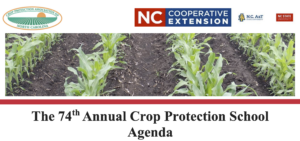
The 74th Annual Crop Protection School will be held virtually on Thursday, December 1, 2022 using the Zoom platform. Please …
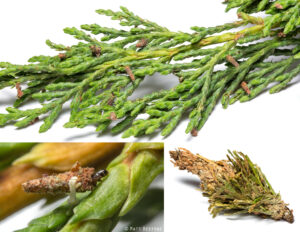
An Identification and Decision Guide to Cypress Problems is now available on the NC State Plant Disease and Insect …
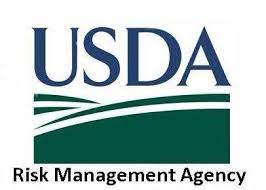
Join the USDA Risk Management Agency (RMA) for virtual workshops covering the ins and outs of the Whole Farm …
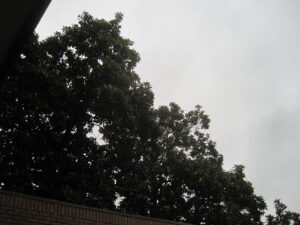
With the effects of Hurricane Ian expected to be strongest from noon to 8 p.m. today, the Plant Disease …

A new invasive insect has been spotted in North Carolina. In August 2022, the elm zigzag sawfly (Argidae: Aproceros leucopoda) …
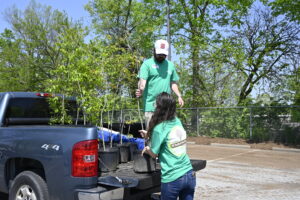
The Bradford Pear Bounty is back! After a successful inaugural event in April, NC’s Bradford Pear Bounty is coming …
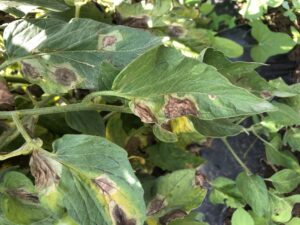
Late blight on tomato has been confirmed from a commercial tomato field in Haywood County, NC on August 17, …

This publication describes the invasive Callery pear species, its offspring, and how it can harm …
This factsheet describes the biology of the cane lace bug or bamboo lace bug, Leptodictya …

This factsheet describes the biology of the banded sphinx moth or lesser vine sphinx, Eumorpha …

This factsheet describes the biology of the elm-grass root aphid, Tetraneura ulmi, and provides residential …

Gummy stem blight is caused by several closely related fungal pathogens in the genus Stagonosporopsis …
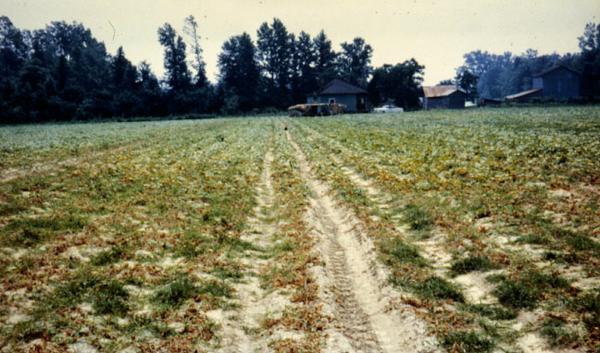
This vegetable pathology factsheet describes the identification and treatment of anthracnose in cucurbits.
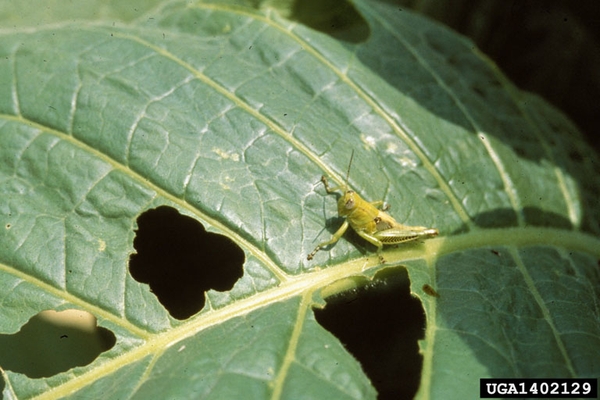
Several species of grasshoppers can cause foliar feeding damage in tobacco. They are typically most …

This Extension publication provides an overview of the tobacco budworm (Chloridea virescens), a common pest …